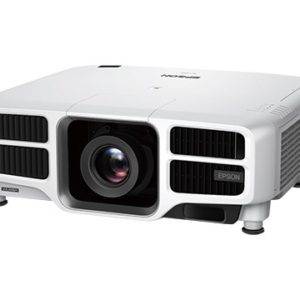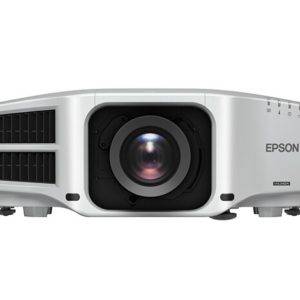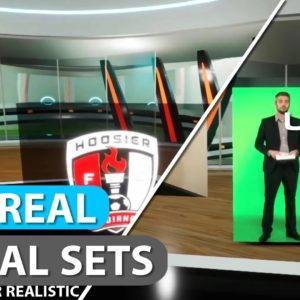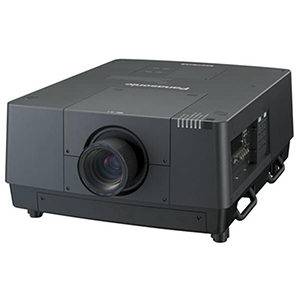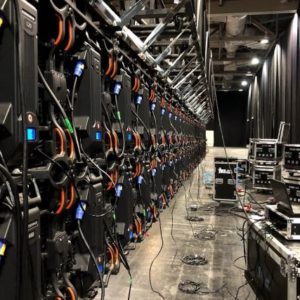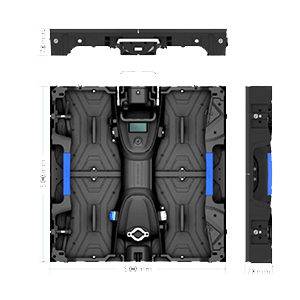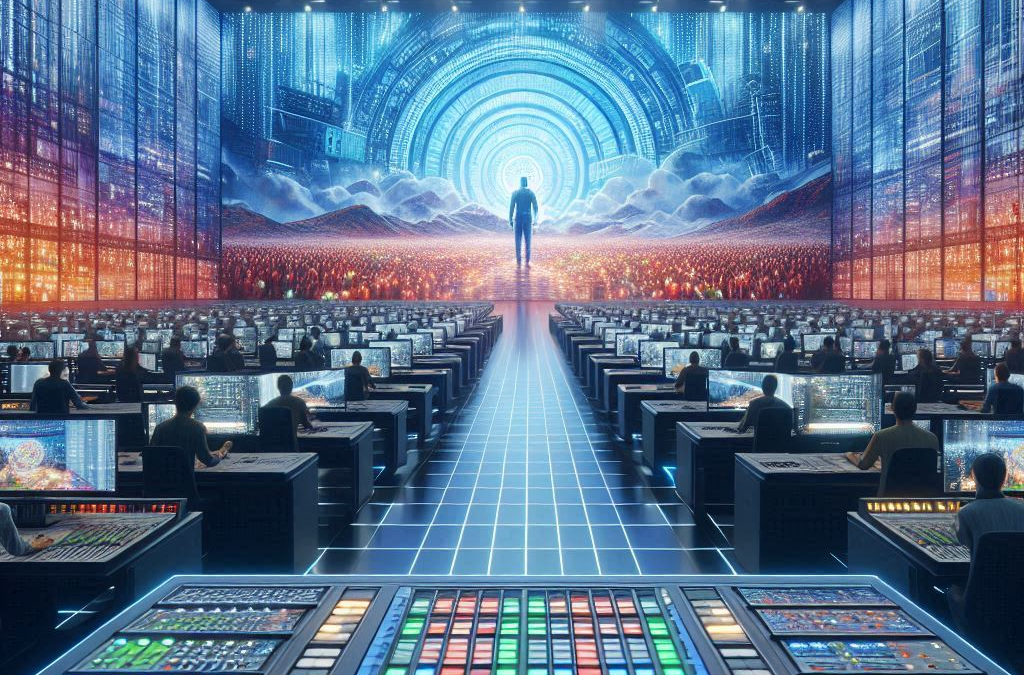
LED Walls in Virtual Production: Revolutionizing Film and TV Production
In recent years, the film and television industry has witnessed a groundbreaking shift in production techniques with the advent of LED walls for virtual productions. This innovative technology is transforming the way content creators bring their visions to life, offering unprecedented flexibility, realism, and cost-effectiveness. In this comprehensive guide, we’ll explore the world of LED walls in virtual production, their benefits, applications, and the future of this game-changing technology.
What Are LED Walls for Virtual Production?
LED walls, also known as LED volumes or LED stages, are large, high-resolution displays composed of numerous LED panels. These walls serve as dynamic backdrops in film and television productions, replacing traditional green screens and physical sets. By projecting computer-generated environments onto these walls in real-time, filmmakers can create immersive, photorealistic backgrounds that interact seamlessly with actors and physical props.
Key Components of an LED Wall System:
- LED Panels: High-quality, high-resolution LED panels form the foundation of the wall.
- Processing Units: Powerful computers that render and process the virtual environments.
- Camera Tracking System: Monitors camera movement to adjust the displayed content accordingly.
- Content Creation Software: Tools like Unreal Engine or Unity for creating and manipulating virtual environments.
Benefits of Using LED Walls in Virtual Production
- Enhanced Realism and Immersion
LED walls provide a level of realism that traditional green screens struggle to match. The ability to display photorealistic environments in real-time allows actors to interact more naturally with their surroundings, resulting in more convincing performances. The reflective properties of LED panels also create accurate lighting conditions, further enhancing the overall visual quality.
- Real-Time Adjustments and Creativity
One of the most significant advantages of LED walls is the ability to make real-time adjustments to the virtual environment. Directors and cinematographers can instantly modify lighting, weather conditions, or even entire locations, fostering a more dynamic and creative filmmaking process.
- Cost and Time Efficiency
While the initial investment in LED wall technology can be substantial, it often leads to significant cost savings in the long run. By reducing the need for location shoots, set construction, and extensive post-production work, productions can streamline their budgets and schedules. This efficiency is particularly valuable for television series and high-volume content creation.
- Improved Collaboration
LED walls enable better collaboration between various departments involved in production. Visual effects artists, cinematographers, and directors can work together in real-time, making decisions and adjustments on the spot rather than relying on post-production fixes.
- Expanded Creative Possibilities
With LED walls, filmmakers are no longer limited by physical constraints or location availability. They can create and explore impossible or hard-to-access environments, from alien planets to historical settings, with unprecedented ease and flexibility.
Applications of LED Walls in Virtual Production
- Feature Films and TV Series
Major productions like “The Mandalorian” and “Westworld” have popularized the use of LED walls, showcasing their potential for creating stunning, otherworldly environments.
- Commercial and Corporate Video Production
LED walls are increasingly used in advertising and corporate videos, allowing for quick turnarounds and the ability to showcase products in various virtual settings.
- Live Broadcasts and Events
News programs, sports broadcasts, and live events are adopting LED wall technology to create dynamic, information-rich backgrounds that can be updated in real-time.
- Virtual Reality and Augmented Reality Content
LED walls can be used to create immersive environments for VR and AR productions, blending physical and digital elements seamlessly.
Challenges and Considerations
While LED walls offer numerous advantages, there are some challenges to consider:
- Initial Cost: The upfront investment for high-quality LED wall systems can be significant.
- Technical Expertise: Operating LED wall systems requires specialized knowledge and skills.
- Limited Field of View: The physical size of LED walls can restrict camera movements and angles.
- Color Accuracy: Ensuring consistent color reproduction across the entire LED wall can be challenging.
The Future of LED Walls in Virtual Production
As technology continues to advance, we can expect to see further improvements in LED wall systems:
- Higher Resolution and Brightness: Advancements in LED technology will lead to even more realistic and vibrant displays.
- Increased Affordability: As the technology becomes more widespread, costs are likely to decrease, making it accessible to smaller productions.
- Integration with AI and Machine Learning: Intelligent systems may automate aspects of virtual production, streamlining workflows even further.
- Expansion into New Industries: Beyond entertainment, LED walls may find applications in education, training simulations, and architecture visualization.
Conclusion
LED walls for virtual production represent a significant leap forward in filmmaking technology. By offering enhanced realism, creative flexibility, and improved efficiency, they are reshaping the landscape of visual storytelling. As the technology continues to evolve and become more accessible, we can expect to see its influence grow across various industries, opening up new possibilities for creators and audiences alike.
- #VirtualProduction
- #LEDWallTechnology
- #FilmRevolution
- #InnovativeFilmmaking
- #TVProductionInnovation
